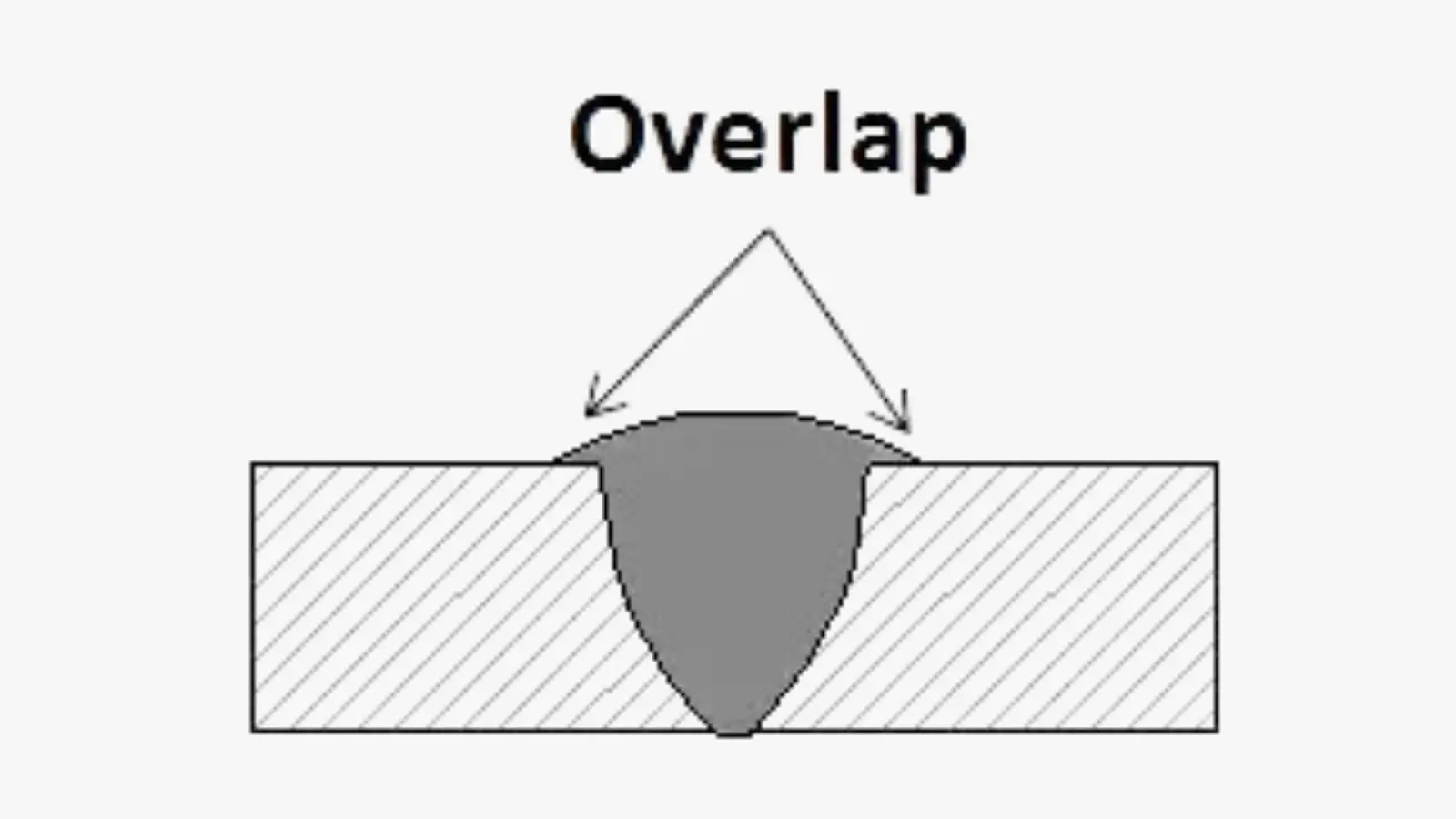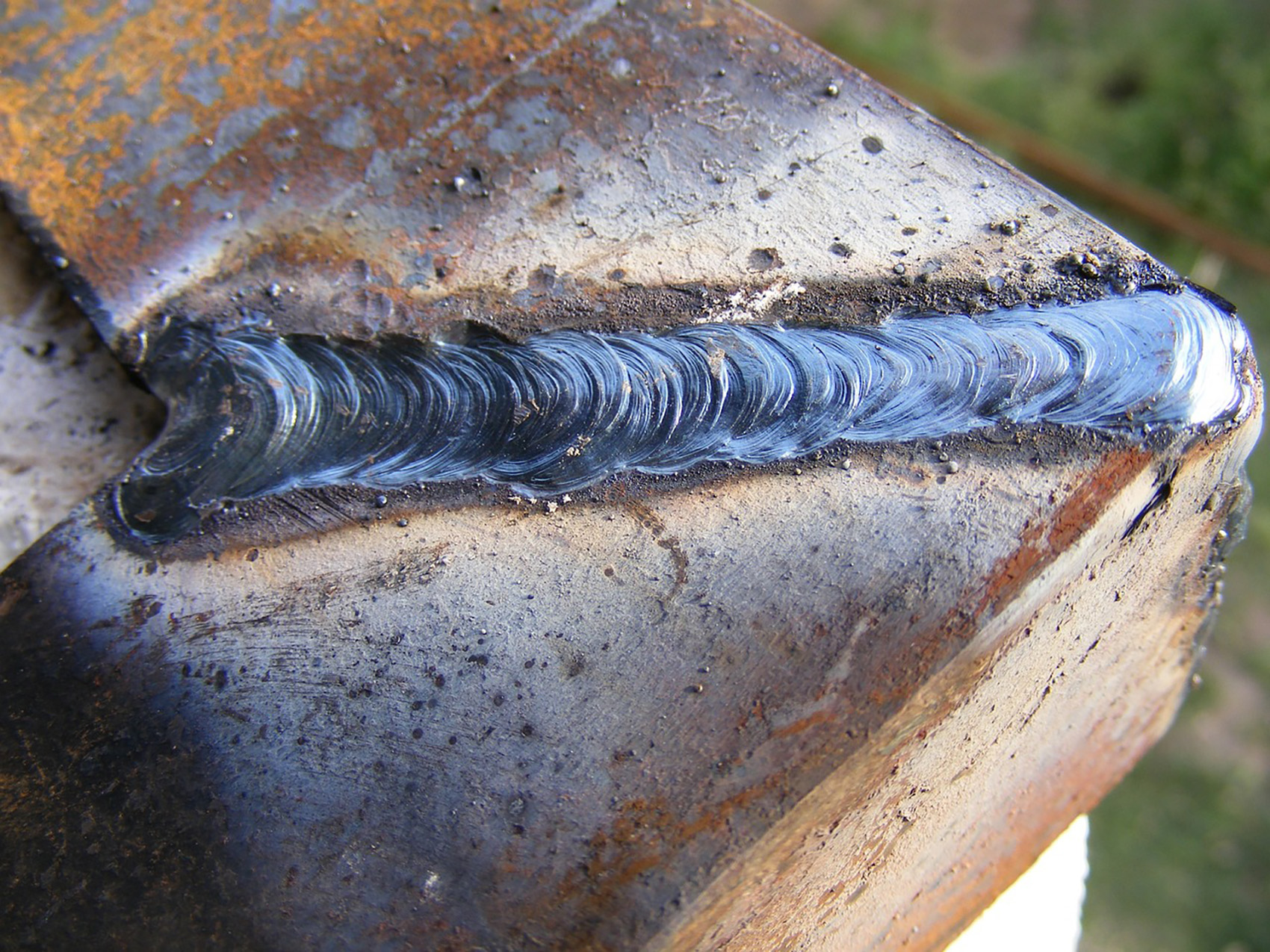Efficient Ways to Prevent Weld Undercut in Your Welding Jobs
Efficient Ways to Prevent Weld Undercut in Your Welding Jobs
Blog Article
Mastering the Art of Welding: Just How to Prevent Undercut Welding Issues for Flawless Fabrication Results
Efficiency and precision are paramount worldwide of welding, where even the slightest imperfection can compromise the architectural stability of a produced item. One usual obstacle that welders face is damaging, a defect that can deteriorate a weld joint and lead to costly rework. By comprehending the origin of undercut welding and carrying out effective methods to stop it, welders can elevate their craft to new degrees of excellence (Preventing weld undercut). In the pursuit of perfect construction outcomes, mastering the art of welding to prevent undercut problems is not simply an ability yet a necessity for those pursuing excellence in their job.
Recognizing Undercut Welding

To stop undercut welding, welders must guarantee proper welding specifications, such as readjusting the current, voltage, traveling rate, and maintaining the proper electrode angle. Additionally, utilizing the appropriate welding technique for the certain joint arrangement is necessary. Employing weaving movements or backstepping strategies can help guarantee proper weld metal deposition and minimize the likelihood of undercut formation. Routine assessment of welds throughout and after the welding procedure is additionally essential to catch any type of undercut very early and make required changes to avoid additional flaws. Preventing weld undercut. By recognizing the reasons for undercut welding and executing preventative actions, welders can achieve top quality, structurally sound welds.
Reasons of Undercut in Welding
Comprehending the variables that add to undercut in welding is important for welders to produce high-quality, structurally sound welds. Inadequate welding incorrect or existing welding speed can likewise contribute to undercut. Comprehending these reasons and carrying out appropriate welding methods can aid prevent undercutting problems, making certain solid and sturdy welds.
Methods to stop Undercutting

To mitigate the threat of damaging in welding, welders can utilize calculated welding methods aimed at boosting the high quality and honesty of the weld joints. Furthermore, making use of the right welding technique for the details joint setup, such as weave or stringer grains, can contribute to lowering undercutting.
Employing back-step welding strategies and controlling the weld grain account can additionally aid disperse heat evenly and reduce the threat of undercut. Normal evaluation of the weld joint during and after welding, as well as carrying out quality guarantee procedures, can help in resolving and identifying undercutting concerns promptly.
Relevance of Correct Welding Criteria
Selecting and keeping appropriate welding criteria is crucial for accomplishing successful welds with marginal flaws. Welding parameters refer to variables such as voltage, present, take a trip speed, electrode angle, and protecting gas flow price that straight influence the welding procedure. These parameters need to be thoroughly changed based on the kind of material being welded, its density, and the welding strategy utilized.
Proper welding parameters right here guarantee the appropriate amount of warm is used to melt the base metals and filler material uniformly. If the parameters are established as well high, it can bring about too much warmth input, causing distortion, burn-through, see here or spatter. On the various other hand, if the criteria are as well reduced, incomplete combination, lack of infiltration, or damaging might happen.
Quality Control in Welding Operations

Conclusion
To conclude, grasping the art of welding needs a detailed understanding of undercut welding, its reasons, and techniques to avoid it. By making sure correct welding specifications and carrying out quality control methods, perfect fabrication outcomes can be accomplished. It is crucial for welders to continually pursue excellence in their welding procedures to prevent undercut problems and create high-grade welds.
Undercut welding, a common issue in welding processes, takes place when the weld steel doesn't appropriately fill up the groove and leaves a groove or anxiety along the welded joint.To protect against undercut welding, welders should make certain appropriate welding specifications, such as readjusting the present, voltage, traveling rate, and preserving the proper electrode angle. Insufficient welding inaccurate or existing welding speed can likewise add to undercut.To alleviate the threat of undercutting in welding, welders can utilize tactical welding strategies aimed at enhancing the top quality and stability of the weld joints.In verdict, mastering the art of welding needs a complete understanding of undercut welding, its reasons, and techniques to stop it.
Report this page